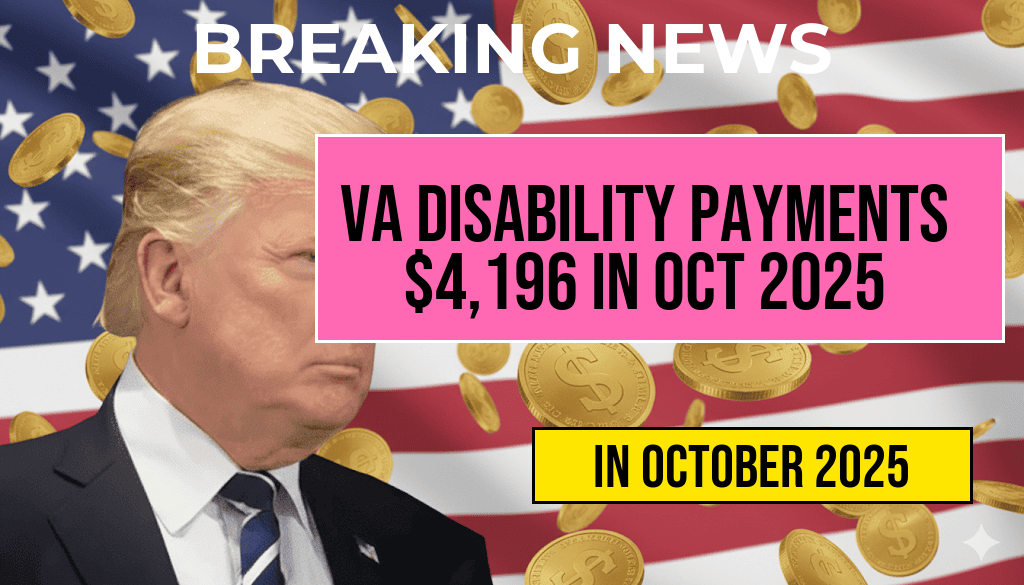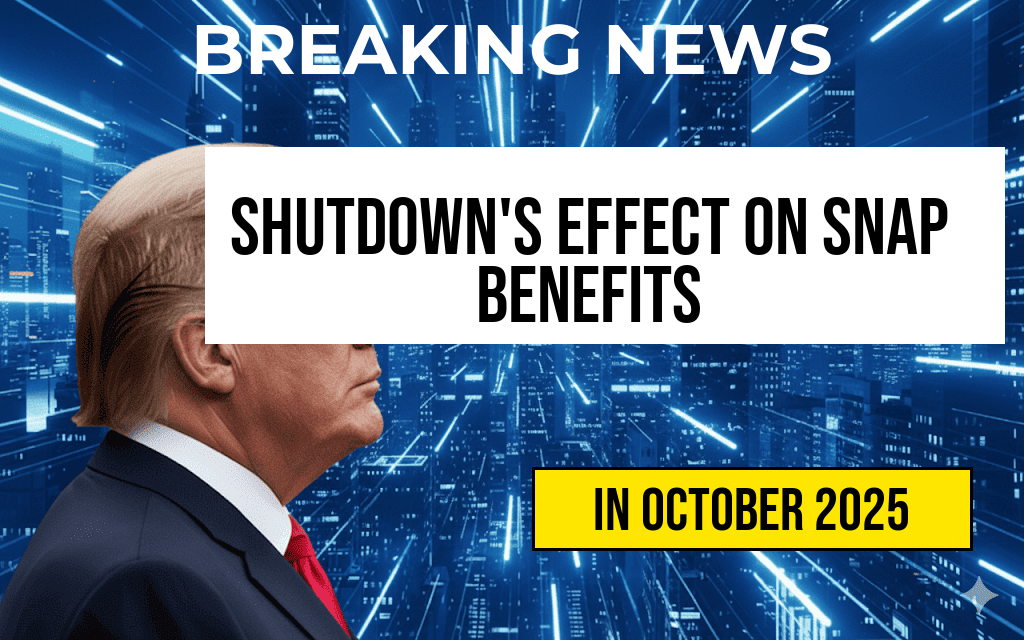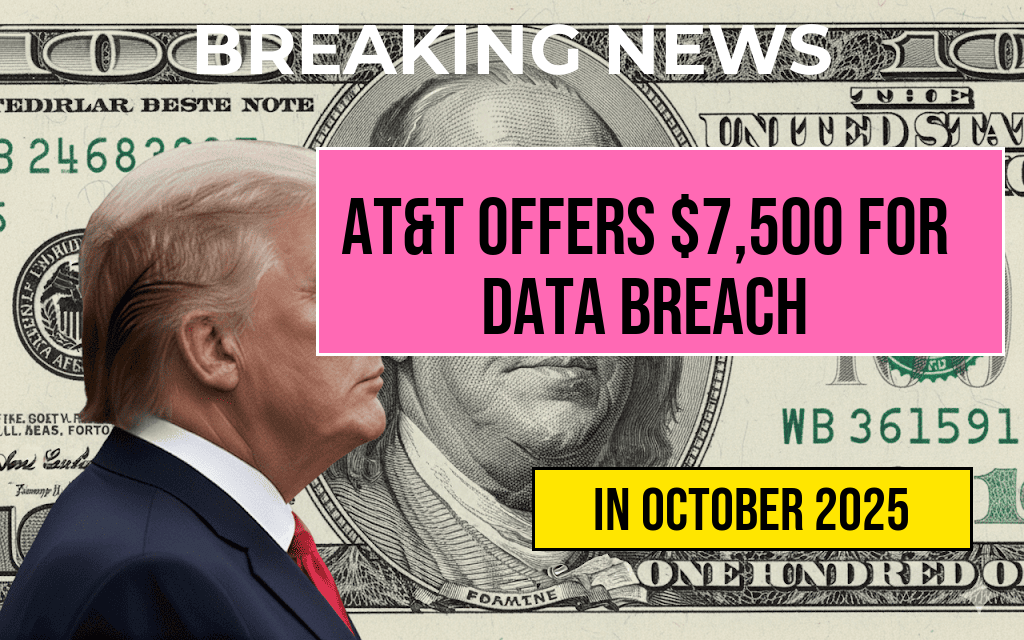The ongoing possibility of a government shutdown has begun to cast uncertainty over Supplemental Nutrition Assistance Program (SNAP) benefits, a critical support for millions of Americans facing food insecurity. As negotiations in Congress continue without a clear resolution, concerns mount over potential disruptions in food assistance services. If a shutdown occurs, it could result in delayed or reduced SNAP benefits for recipients, impacting vulnerable populations including children, elderly, and low-income families. Experts warn that such disruptions could exacerbate food insecurity and strain local food banks already stretched thin. While some agencies have contingency plans, the long-term implications remain uncertain, emphasizing the importance of legislative action to prevent benefit interruptions during this critical period.
Potential Impacts of a Government Shutdown on SNAP
Disruption of Benefit Issuance
During a federal government shutdown, many administrative functions, including the processing of SNAP benefits, could be temporarily halted. The U.S. Department of Agriculture (USDA), which oversees SNAP, primarily operates through funding allocated by Congress. If appropriations lapse, routine benefit issuance may be delayed, leading to gaps in food assistance for recipients. While some states have emergency plans to sustain benefits temporarily, these measures vary widely in scope and duration.
Delayed Access and Reduced Benefits
Recipients might experience delays in receiving their monthly benefits, causing immediate hardship. In some cases, the value of SNAP benefits could be reduced if administrative delays prevent timely updates or adjustments. The ripple effect may include increased demand at local food banks and community organizations, which may not have sufficient capacity to accommodate the surge.
Impact on Program Funding and Eligibility
Funding uncertainties could also influence ongoing eligibility determinations. If the shutdown persists, some individuals may lose their benefits due to administrative lapses, even if they continue to qualify. Additionally, states that administer SNAP locally may face resource constraints, complicating efforts to maintain uninterrupted services.
Legislative Responses and Contingency Plans
Emergency Funding Measures
In anticipation of potential disruptions, some lawmakers have advocated for emergency funding to sustain SNAP benefits during a shutdown. These measures aim to provide temporary appropriations that bypass the regular appropriations process, ensuring that food assistance continues uninterrupted for a specified period. However, the success of such initiatives depends on bipartisan agreement, which has been elusive amid broader budget negotiations.
State-Level Preparations
States have begun to prepare for the possibility of a shutdown by bolstering local resources and informing beneficiaries about potential delays. Some agencies plan to extend benefit validity periods or implement other administrative flexibilities. Despite these efforts, the capacity to fully mitigate disruptions remains limited without federal action.
Broader Context and Historical Precedents
Past government shutdowns have demonstrated the fragility of federal programs like SNAP during funding lapses. For instance, during the 2018-2019 shutdown, many recipients experienced delays, though emergency measures prevented widespread benefit cuts. However, repeated shutdown threats tend to create ongoing uncertainty, which can undermine the stability of food assistance programs and erode public trust.
Expert and Community Perspectives
- Food security advocates warn that even short-term disruptions can have long-lasting effects on vulnerable populations, increasing reliance on emergency services.
- Economists highlight that interruptions in SNAP can lead to decreased consumer spending, negatively affecting local economies, especially in communities heavily dependent on federal aid.
- Recipients face anxiety over potential benefit delays, emphasizing the importance of clear communication and contingency planning from agencies and policymakers.
Key Facts at a Glance
| Impact Area | Possible Outcome |
|---|---|
| Benefit Issuance | Delays or suspensions in benefit distribution |
| Benefit Amount | Potential reductions if administrative delays occur |
| Program Administration | Operational disruptions at federal and state levels |
| Food Security | Increased risk of food insecurity among vulnerable populations |
As discussions continue, advocates urge lawmakers to prioritize the stability of food assistance programs, emphasizing that timely action can prevent widespread hardship. For those relying on SNAP benefits, the uncertainty underscores the importance of community resources and outreach efforts to mitigate potential disruptions during times of federal funding lapses.
For updates on government funding negotiations and SNAP program status, visit USDA’s official website and Congress.gov.
Frequently Asked Questions
What is a government shutdown and how does it affect SNAP benefits?
A government shutdown occurs when federal funding lapses, often due to congressional impasses. During a shutdown, SNAP benefits may be temporarily impacted, with potential delays or disruptions in food assistance programs.
Will SNAP beneficiaries still receive their benefits during a government shutdown?
In many cases, SNAP benefits are funded through ongoing federal allocations. However, a prolonged shutdown could lead to delays or reductions in benefit issuance, depending on the duration and funding availability.
What changes to SNAP benefits are expected due to the government shutdown?
During a government shutdown, there may be temporary reductions or delays in food assistance disbursements. Some states might implement emergency measures to mitigate the impact on beneficiaries.
How can SNAP recipients prepare for potential disruptions during a shutdown?
SNAP recipients should consider stockpiling non-perishable food and checking for updates from local agencies. Staying informed about benefit schedules and state-specific notices can help manage expectations.
Where can I find the latest information on SNAP benefits during a government shutdown?
Updates are typically provided by the U.S. Department of Agriculture (USDA) and state social services agencies. Visit their official websites or contact local offices for the most current information and guidance.










